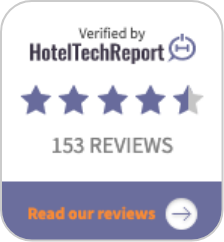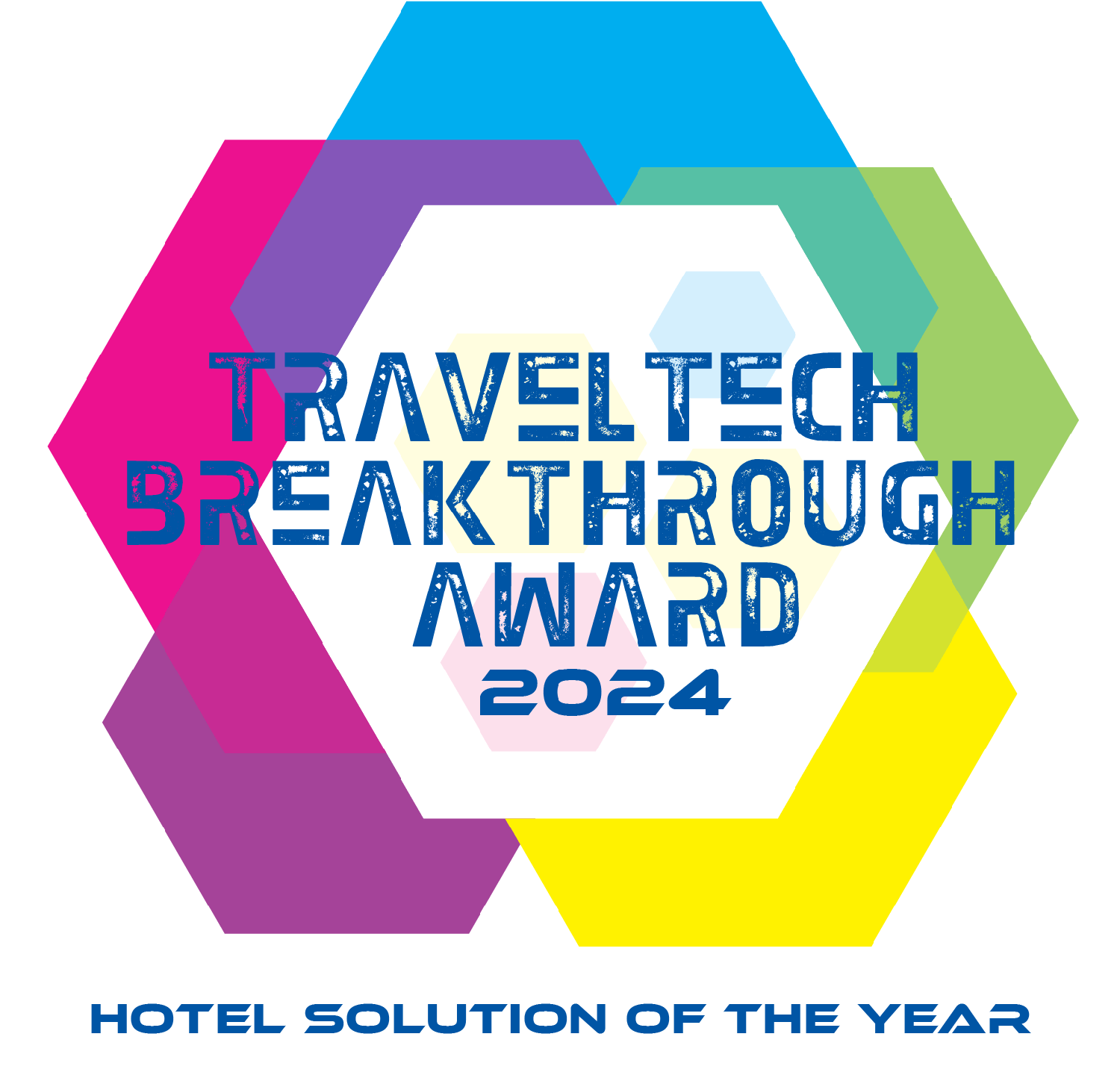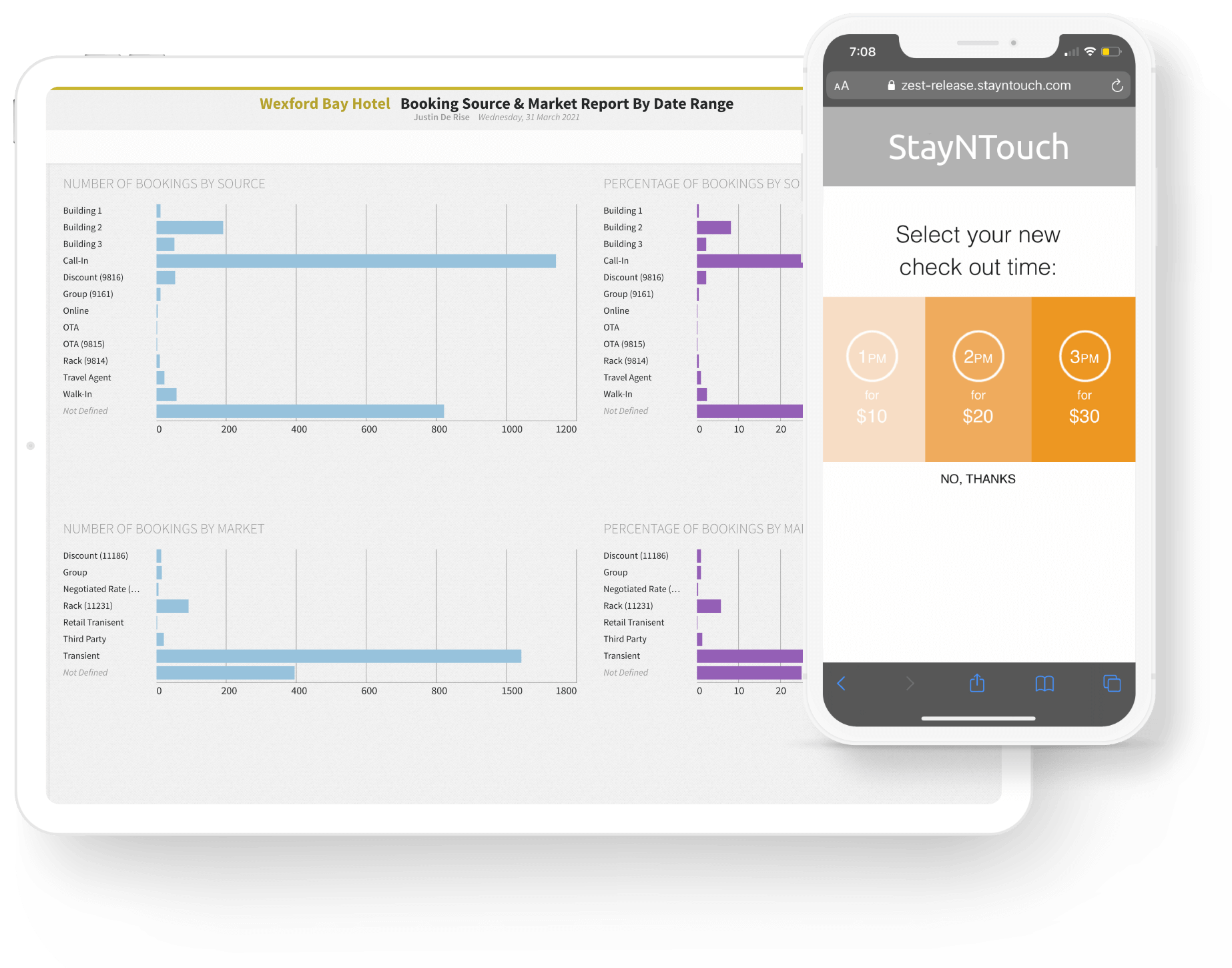Twenty years ago, if I wanted to book a hotel reservation I would call them directly, or maybe send a letter requesting a room. Or, I could find a travel agent that could create a vacation package complete with airline flights, hotel accommodations, and a rental car for extended stays.
Jump forward to now, and the Internet has completely disrupted the traveling sector.
Travelers not only have a platform(s) to vocalize their concerns and complaints, but have access to pricing amongst competitors. Before this access to information, hotels sold to wholesalers, who sold to tour operators, who sold to travel agents and finally to guests. Transparency in this markup system is nonexistent. Neither the hotel nor the guest knew how much was being paid. Customers wanted in-depth reviews, and access to recommendations other than what was found on bulletin boards and traveling forums. There was a void that needed to be filled.
In 1996, before people trusted the internet for their traveling needs, a small division of Microsoft called Expedia launched its website for hotels, airline, and car rental bookings. Later that year, Travelocity, owned by Sabre, launched its own site to help the “do-it-yourself traveler”. Following on the growing trend of helping travelers book their own holidays, Priceline with its “Name your own price” opaque pricing model launched. (Source: tnooz.com) Thus began the massive explosion of Online Travel Agencies, and four OTAs (Expedia, Priceline, Orbitz, and Travelocity) now control 95% of the market, and have been making travel brands pay dearly in referral commissions for over a decade.
Customers were obviously comparing prices amongst the sites, and there wasn’t a way to have all the information in one place. In 2004 we were introduced to meta-search for travel purchases, made popular by Kayak.com. Kayak, whose co-founders had previously worked at Orbitz and Expedia allowed customers to find pricing results across several sites with one search. In 2015, meta-search is the new rising star. According to hospitalitynet.org, 54% of Chinese, 36% of American and 35% of British travelers use meta-search engines to compare rates. Kayak took four years to process 1 billion queries, but processed 1.6 billion queries in 2013 alone. This number is expected to triple by 2019.
What does this mean for travel brands and OTAs? Transparency matters and so does SEO. Meta-search sites control the ranking of OTAs and hotel search results based on the bid amount each website has paid for the search keywords. OTAs with their technical superiority and larger marketing spend have taken full advantage of this model and are getting much better placements for their product. Travel brands, particularly hotels, have to be more transparent with their pricing, and connect with their customers on an emotional level with functional websites, innovative tech solutions, and smart digital campaigns – or fail to remain competitive.
By Ronnie Coleman Sales Executive at StayNTouch, Inc.











